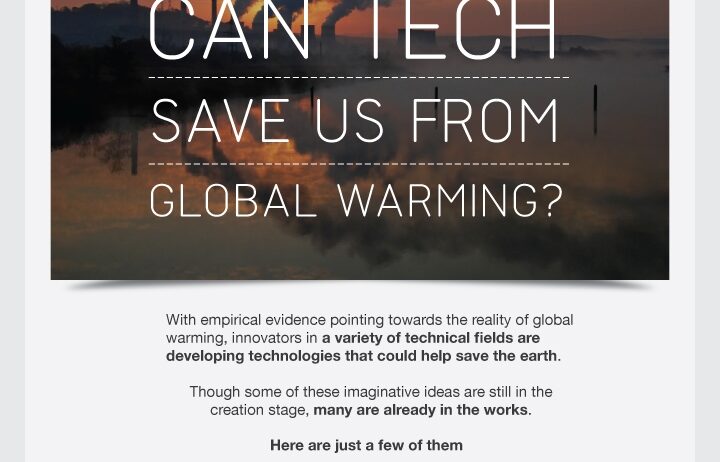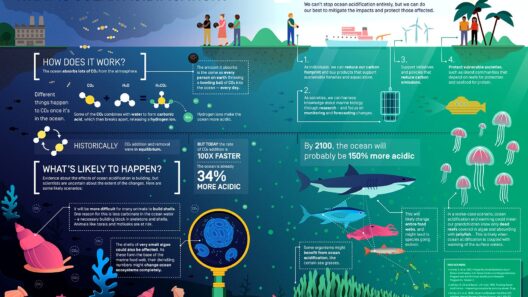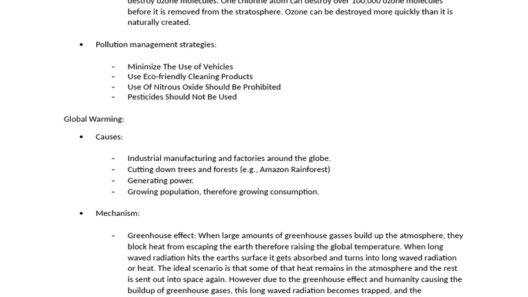Global warming is an existential threat that humanity faces. With temperatures rising, ice caps melting, and extreme weather events becoming increasingly common, the stakes have never been higher. The interplay of human activity and climate change demands an urgent and robust response. But can science and technology, which have often contributed to these problems, also offer viable solutions? This exploration delves into the myriad ways that technological innovation can combat the effects of climate change.
First and foremost, renewable energy emerges as a front-runner in the quest for sustainable solutions. Solar, wind, hydroelectric, and geothermal power are pivotal in reducing our reliance on fossil fuels. Solar panels harness sunlight, converting it into electricity with minimal emissions. Wind turbines utilize air currents to generate energy, while hydroelectric plants exploit the potential energy of flowing water. The versatility of geothermal energy, derived from the Earth’s internal heat, also complements this array of technologies. Together, these innovations form the backbone of a cleaner energy sector, diminishing greenhouse gas emissions.
Energy storage solutions, critical to the integration of renewable sources, continue to evolve. The development of advanced battery technologies, such as lithium-ion and solid-state batteries, has enhanced the efficiency of energy storage. These advancements allow for the retention of surplus energy generated during peak production times, thus addressing the intermittency that comes with renewable sources like solar and wind. Furthermore, novel approaches, such as gravitational energy storage and flywheel technologies, provide promising alternatives to traditional methods, potentially revolutionizing energy consumption patterns.
Then there are smart grids, which offer a transformative way to manage energy distribution. By leveraging Internet of Things (IoT) technologies, smart grids enhance real-time data collection and monitoring. This integration allows for more efficient energy use by optimizing supply and demand dynamics, thus reducing wastage. In addition, these grids facilitate the incorporation of dispersed energy resources, enabling households with solar panels or wind turbines to contribute surplus energy back to the grid, creating a more democratized energy landscape.
Moreover, carbon capture and storage (CCS) technologies provide a crucial avenue to mitigate emissions from existing fossil fuel power plants. CCS involves capturing carbon dioxide emissions at their source—before they enter the atmosphere—and storing them underground in geological formations. Innovations are underway to improve the efficiency of carbon capture processes, making them more economically viable. By effectively reducing the carbon footprint associated with energy production, CCS technologies serve as a bridge while transitioning toward a more sustainable energy future.
In the realm of transportation, electrification presents another significant dimension of technological response. Electric vehicles (EVs) are gaining traction as an alternative to traditional gasoline-powered automobiles. With advancements in battery efficiency and charging infrastructure, EVs promise to reduce harmful emissions in urban environments. Further, hybrid vehicles combine conventional power with electric motor systems, providing an interim solution that can appeal to consumers during the transition period to full electrification.
Innovations in public transportation offer additional prospects for reducing greenhouse gas emissions. High-speed trains, electric buses, and car-sharing programs decrease reliance on personal vehicles while promoting energy-efficient travel methods. The implementation of sustainable urban infrastructure, such as bike lanes and pedestrian zones, encourages both mobility and environmental stewardship, ultimately enhancing cityscapes while lowering emissions.
Agriculture, a significant contributor to greenhouse gas emissions, can also benefit from technological innovations. Precision agriculture employs advanced data analytics and IoT technologies to enhance farm productivity sustainably. By utilizing sensors and satellite imagery, farmers can optimize resource use, minimize waste, and even select plant varieties that are more resilient to changing climate conditions. Furthermore, agricultural biotechnology holds promise in developing crop strains that require less water or are more resistant to pests, ultimately reducing the environmental impact of farming practices.
Importantly, the role of policy and education cannot be overlooked. Governments and organizations must foster a culture of innovation and investment through grants, subsidies, and regulations that incentivize green technologies. Public awareness campaigns can enlighten communities about the available technological solutions, encouraging a collective commitment to sustainability. By striking a balance between scientific advancement and informed public engagement, society can forge a path towards meaningful progress against global warming.
However, reliance solely on technology is insufficient. The complexity of global warming requires a multifaceted approach, incorporating societal and behavioral changes alongside technological innovations. Facilitating a transition to sustainable living necessitates rethinking consumption habits, encouraging recycling, and promoting conservation practices that complement advancements in renewable technologies.
In sum, science and technology harbor immense potential to mitigate the impacts of global warming. Through alternative energy sources, innovative storage solutions, and advanced carbon management, we can reshape our interactions with the planet. From cleaner transportation methods to sustainable agricultural practices, every technological development serves as a piece of the intricate puzzle that is climate change. The era of climate action demands a symbiotic relationship between human ingenuity and environmental responsibility, ultimately igniting hope in the fight against a warming world.







